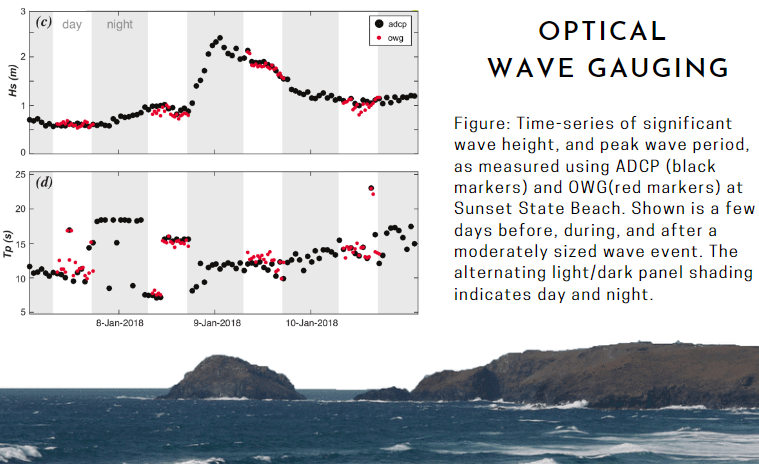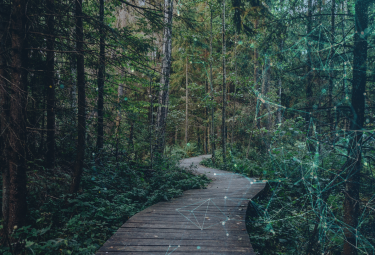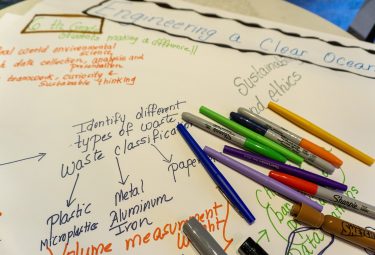Early bird rates are available for registration to the 2026 January ESIP Meeting. Register.
Monitoring Ocean Waves

PI: DANIEL BUSCOMBE, NORTHERN ARIZONA UNIVERSITY
Project collaborators: Jon Warrick USGS; Shawn Harrison, Naval Research Laboratory; Roxanne Carini, University of Washington; Chris Chickadel, University of Washington
Through the ESIP Lab project, the team worked to refine an optical wave gauging technique to estimate wave height and/or wave period from imagery of coastal waves and nearshore areas.
- The technique utilizes a concept known as deep learning, which is a class of machine learning techniques that use large neural network models to automatically learn how to map one data set (in this case, imagery of coastal surf zones) to another (in this case, wave quantities).
- The deep learning model automatically and iteratively solves a regression task, using only how it has learned to relate variation in wave height and period to subtle variations of tone, contrast, saturation, etc., that collectively indicate a different dynamic states. It does this by using very deep (hence the name) neural networks that are designed to extract only the relevant features of the imagery.
- The technique is based on deep convolutional neural networks (CNNs), which are state-of-the-art deep learning models for image feature extraction.
- The optical wave gage (OWG) consists of an existing generic CNN model to extract features from imagery – called a `base model', with additional layers to distill the feature information into lower dimensional spaces, and a final layer of dense neurons to predict wave statistics.
- Given enough training data, the model can calibrate well to a site despite variation in lighting, weather, transient objects, tide, and morphological changes of beaches.
- Currently, this data-driven technique must be trained separately for each site. Next steps include investigating more generic models that could be applied more generally, and investigating the feasibility on on-board camera processing for real-time estimates.
Thanks to support and discussions with: Chris Sherwood, USGS; Kate Brodie, USACE; Meg Palmsten, Naval Research Laboratory
OUTCOMES:
- Buscombe, D., Carini, R., Harrison, S., Chickadel, C., and Warrick, J. (2019, in review) Optical wave gauging using deep neural networks. COASTAL ENGINEERING
- Presentation to the USGS CDI AI/ML working group. Video available in two parts, here https://my.usgs.gov/confluence/download/attachments/613781934/2019-08-13_CDI-AIML-Part1-recording.mp4?api=v2 (AI/ML methods and coastal wave work) and here https://my.usgs.gov/confluence/download/attachments/613781934/2019-08-13_CDI-AIML-Part2-recording.mp4?api=v2 (Streamgaging demonstration)



